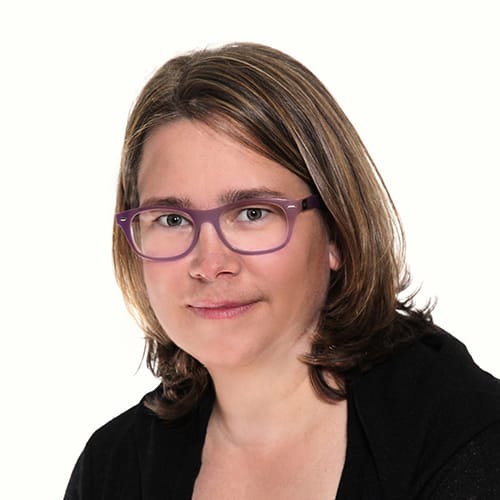
Scientific Research Center of Slovenian Academy of Sciences and Arts
The Research Centre of the Slovenian Academy of Sciences and Arts (ZRC SAZU) was established in 1981. It has become the leading research institute in Slovenia for the humanities, social sciences, and selected disciplines of the natural sciences. It is composed of eighteen institutes where more than 250 researchers engage in basic research and applied projects. ZRC SAZU is based in the Slovenian capital Ljubljana, but has also established four research centres in other regions. Research Station Nova Gorica which also operates book- and coffee shop Maks, Research Station Maribor, Research Station Prekmurje, and Research Station Barje support local communities in their development endeavours. ZRC SAZU’s publishing house Založba ZRC publishes both academic and non-academic books as well as substantial number of academic journals. It operates the Azil Bookshop, which specializes in literature in the fields of the humanities and social sciences. ZRC Atrij is an indoor event space hosting the conferences, conversations, round tables, and cultural or artistic programs. ZRC SAZU is also active on interactive digital platforms and publishes digital scientific publications Alternator (in collaboration with other national research institutes) and Heriskop (focusing on heritage on the margins). ZRC SAZU’s Institute of Slovenian Ethnology, which recently celebrated its 70th anniversary, is one of the central institutions for ethnology, anthropology and folklore research in Slovenia. It maintains extensive collections of archival material, sound and visual documentation, material on current research projects, and a large ethnological library. It also hosts an Audiovisual Laboratory with extensive visual documentation and film material and runs a blog of ethnological findings Vsakdanjik.
ZRC SAZU CULTURALITY TEAM

Saša Poljak Istenič
Saša Poljak Istenič is a research associate at the Institute of Slovenian Ethnology ZRC SAZU, an assistant professor at the Faculty of Tourism, University of Maribor (Slovenia), and a guest lecturer at Alpen-Adria University Klagenfurt (Austria). She is engaged in research and applied projects covering topics of urban life, climate change, sustainability, creativity, and heritage. She has received funding from the national research agency and European programs (Horizon, Interreg). She is a member of several expert committees and councils dealing with heritage.

Katarina Šrimpf Vendramin
Katarina Šrimpf Vendramin is a research associate at the Institute of Slovenian Ethnology ZRC SAZU. She conducts research in the field of folklore studies and material culture, primarily studying identity processes in borderlands, folklore genres, clothing culture, fashion history and traditional textile crafts. She is the author of a scientific monograph and numerous academic and popular articles. She regularly participates in international and national conferences and is involved as a collaborator or project leader in many international projects.

Barbara Ivančič Kutin
Barbara Ivančič Kutin, PhD, is a research associate at the Institute of Slovenian Ethnology ZRC SAZU and an assistant professor at the Faculty of Arts, University of Ljubljana. Her research focuses on the transformations of tradition in contemporary culture, particularly on folklore narrative traditions and functions of folklore forms. She is a dedicated fieldwork researcher who works with local communities exploring intangible cultural heritage for cultural, educational, or touristic goals. She is the author of a handbook and guide to Bovec traditions.

Andrea (Andrej) Furlan
Andrea (Andrej) Furlan is a photograph and designer specialized in photo documentation and presentation of art, architecture and heritage. He graduated in cultural heritage preservation at the University of Udine (Italy) and works as a specialist at France Stele Institute of Art History ZRC SAZU. He also teaches photography techniques at the University of Maribor. He has been involved in the design of many exhibitions, scientific monographs and art magazines. His most important photo documentation is featured in the Topographical Artistic Inventories of Slovenia.

